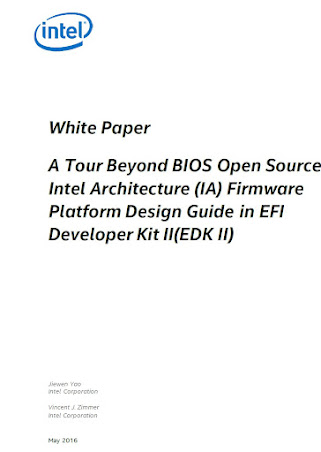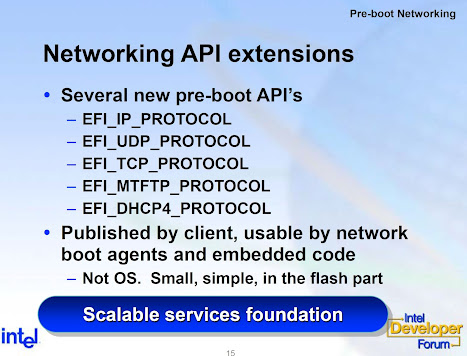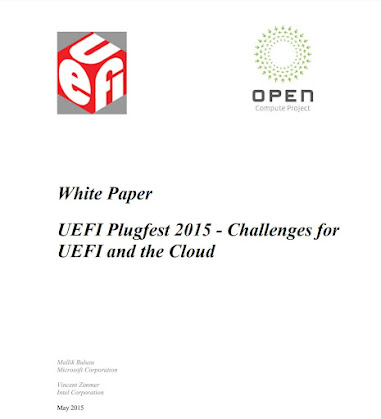I'm a long-time fan on Twitter. I still recall merging onto I-5 years ago and listening to some tech podcast about this new 'micro-blogging service', namely Twitter. I still keep up with https://twitter.com/vincentzimmer and don't worry so much about the vagaries of ownership or management. But I was intrigued by the discussion of other services like https://mastodon.social/explore. As such I setup an account and posting some material akin to what I saw from another Twitter person regarding some personal metrics for 2022 https://mas.to/@vincentzimmer/109549960566794774, including a reply to myself with another random observation this week https://mas.to/@vincentzimmer/109550056099262201.
This is my first post to mastodon:
"Interesting 2022. First journal pub https://www.mdpi.com/2410-387X/6/4/48 although waiting for red box on https://dblp.uni-trier.de/pid/34/5641.html. I also had oppty to collaborate on an IEEE conference http://www.ieee-smart-world.org/2022/uic/index.php mentioned in http://www.ieee-smart-world.org/2022/uic/uic-2022.htm. Then a couple of unrefereed items https://embeddedcomputing.com/technology/security/software-security/understanding-uefi-firmware-update-and-its-vital-role-in-keeping-computing-systems-secure and https://eprint.iacr.org/2022/1049. Then 2 books https://link.springer.com/book/10.1007/978-1-4842-7939-7 and https://link.springer.com/book/10.1007/978-1-4842-7974-8. A podcast https://www.youtube.com/watch?v=wqcUWAEHcVg. 6 US patent filings and 7 issued. Whew."
and
"Speaking of https://eprint.iacr.org/2022/1724, it was referenced by https://eprint.iacr.org/2022/1724.
Latter doesn't read in on PQC aspects of SPDM but provides a formal verification of extant SPDM protocol using a theorem prover https://github.com/tamarin-prover/tamarin-prover with public proofs https://github.com/AnalysisSPDM/FormalModel. Perhaps this is a use-case to leverage for achieving a long-held ambition, namely axiomatize and 'prove' some tricky parts of UEFI, viz https://uefi.org/specs/UEFI/2.10/08_Services_Runtime_Services.html?highlight=authenticated#setvariable and EFI_VARIABLE_TIME_BASED_AUTHENTICATED_WRITE_ACCESS?"
I try to be pragmatic about formal. I recall reading once that even in the days of the Orange books with A-level certification requiring 'formal proof' it was hard to achieve, but the attempt at least 'provided better documentation.' And at a professional level I've always mutated the 'culture trumps strategy' aphorism to be 'implementation trumps architecture.' A painful reminder of this dichotomy is having studied https://www.cl.cam.ac.uk/~lp15/papers/Auth/tls.pdf back in the day and then meeting Marsh Ray and learning of his work https://troopers.de/events/troopers10/242_history_of_the_tls_authentication_gap_bug/. Networking has been close to my heart for a couple decades as I helped grow our EFI network stack from its nascent PXE equivalent in 1999 through IPV6 https://www.rfc-editor.org/rfc/rfc5970.html and into HTTP and TLS (e.g., HTTP-S boot). I still recall reading the Rescorla book on SSL/TLS while waiting for my older daughter to be born in 1999 at the University of Washington hospital.
Perhaps if I have the opportunity in the future to use my sabbatical
I can do some thinning of the archives. Rescorla and Rudin have aged well, but I suspect I can sunset the Java duo of Aglets and JavaOS. On the other hand, though, I'm a fan of keeping around some documents of 'old tech' since there is often wisdom to be gleaned from the past. Hmm. Decisions, decision.
Well, to close on formal, specifications, and networking, I should tie off that thought at least with a re-invocation of as always, there is no 'silver bullet.'
These mastodon posts feel like my usual terse blog posts. Perhaps my posts are 2xM or 3xM (i.e., 2 or 3 times the text length of a Mastodon post).
This blog is usually pretty low traffic, too. The sources of eyes are either google searches or link via https://www.amazon.com/stores/Vincent-Zimmer/author/B002I6IW4A (which included the blog links) or blogroll like https://blogs.coreboot.org/.
With the removal of the former, I suspect there will be less traffic. That should be fine. I don't do sponsored ads or other revenue-generating activities here. It's more of a personal set of footprints in the sand to chronicle the journey.
And luckily https://en.wikipedia.org/wiki/List_of_prolific_inventors has been curated to just the top 100, so watching my slow descent down the leader board, such as http://vzimmer.blogspot.com/2022/09/new-milestones.html and its earlier ilk, are no long a nagging distraction.
Ah well, so much for a mastodon experiment and clone+amplification to my OG blog. Back to work. Need to figure out how to add an abstraction service to code I wrote 20 years ago before 9am tomorrow....
Cheers














































